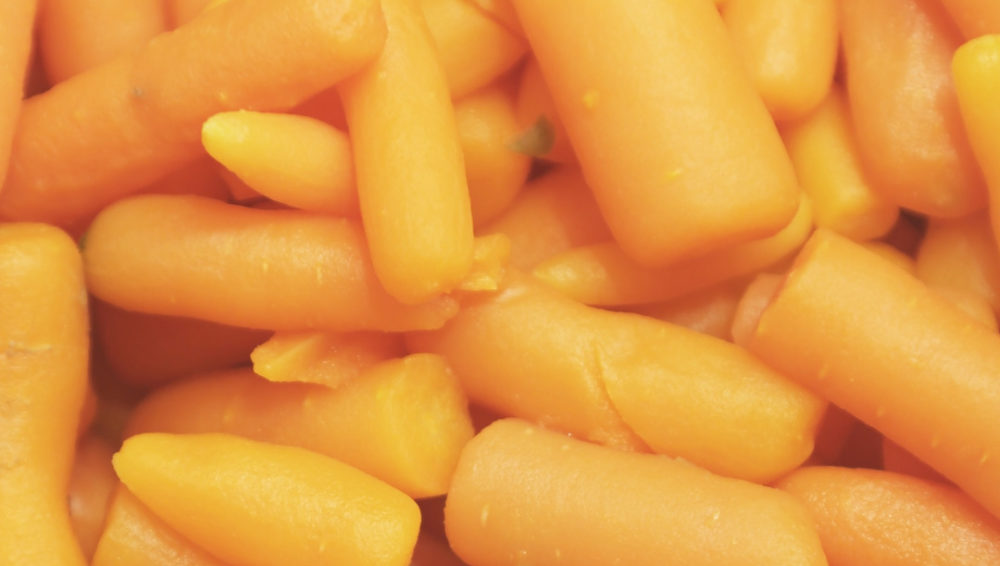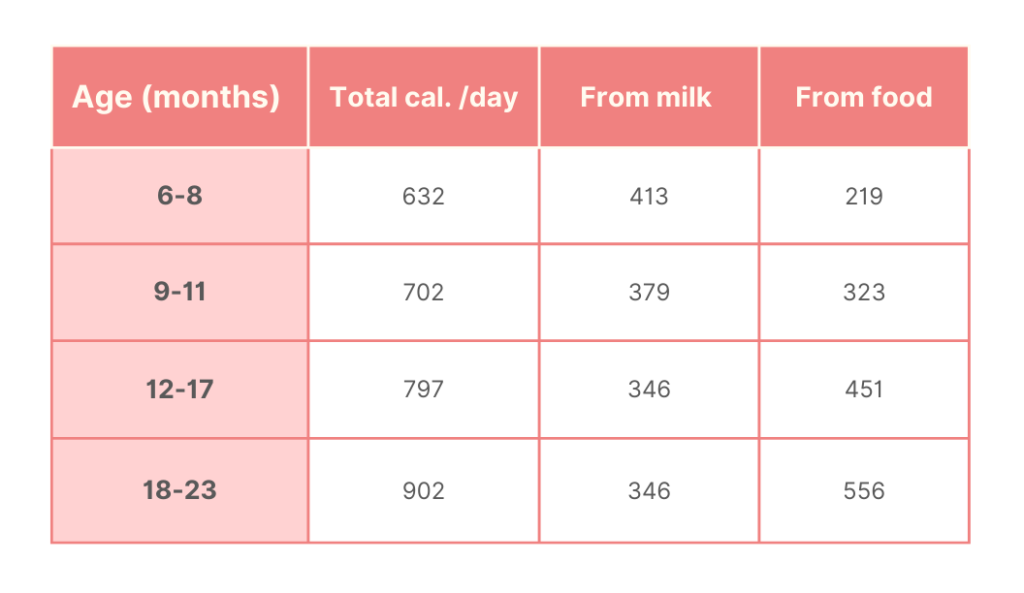Baby recipes: carrots

Carrots are a good source of vitamins and minerals, including vitamin A, vitamin C, potassium, and fiber.
With this simple recipe, you can prepare a nice lunch for Your Child in just 25 minutes.
Recommended recipe: Carrot mush
Try this simple carrot mush. It takes just 25 minutes.
Ingredients
- 10 tbsp of diced carrots
- 5 tbsp of diced onions
- 8 tbsp of cooked rice
- 250 ml. of broth (pork, chicken, or vegetarian)
Recipe
- Steam carrots for 12 minutes
- Add onion to the pot and steam for 3 more minutes
- Blend the 4 ingredients together until smooth
- Let it cool before serving
You can freeze this recipe and keep it for 8 weeks.
Why are carrots good for Your Child?
Carrots are easy for babies to chew and swallow, which makes them a great first food for babies who are just starting to eat solid foods. Overall, carrots are a healthy, nutritious, and tasty food that can be a great addition to Your Child’s diet.
What to consider
Raw carrots, and other raw vegetables can be difficult for babies to digest, and may not provide the same nutritional benefits as cooked carrots. They can harbor harmful bacteria, which can make your baby sick if they eat them. So make sure you cook them well.
When can Your Child start eating carrots?
You can feed Your Child carrots as early as the age of six months. They have a sweet, mild flavor that most babies enjoy, which can make them a more appealing food for picky eaters.
Other ways to prepare carrots
If Your Child hasn’t tried any other ingredients yet, start with just carrots by following these simple recipes:
- Puree carrots: steam or boil carrots until they are tender. Once they are cooked, you can puree them into a smooth consistency, or mix them with milk to make them smoother. Add a bit of butter or vegetable oil for Your Child to absorb the vitamins
- Mashed carrots: mash your steamed or boiled carrots into a smooth texture. You can feed mashed pulp to Your Child without any further processing
- BLW carrots: cut your cooked carrots into big strips (at least 1 inch in width). The carrots should be easy to smush between your thumb and forefinger
- Shredded carrots: once Your Child is used to holding and chewing food, you can offer a wider variety by using a zester to grate the carrots into different sizes
How much should Your Child eat?
WHO recommends that infants start receiving complementary foods at 6 months of age in addition to breast milk or formula. Initially, they should receive complementary foods 2–3 times a day between 6–8 months.
The daily calories distribution between milk and solid food are as follows:

Introducing new food
Try to introduce the food when Your Child is hungry, and try to keep it to one ingredient at a time to spot any allergic reactions. Learn more about introduction to solid food here.
Caution
If you do baby-led-weaning, make sure you know everything about the method, including knowing the difference between gagging and choking, and knowing what to do in case of an emergency.



